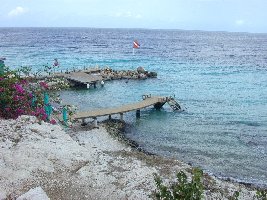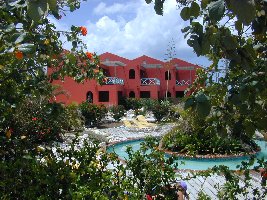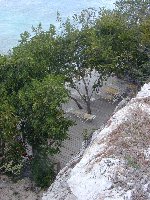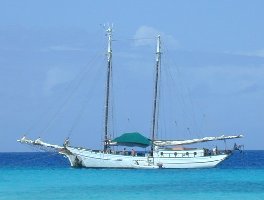
Ed Stonis, Jean Richard and I took a day off and went to Klein Curacao, a small island about 8 miles southeast of the main island of Curacao. We traveled on the good ship Bounty, a 90 foot gaff-rigged schooner.

Klein Curacao is a pretty desolate island. This is looking south from the top of the lighthouse in the center of the island. The Bounty is anchored near the beach on the western shore.
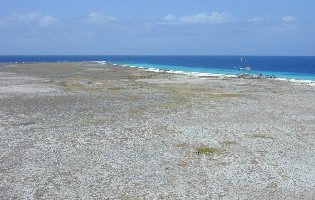

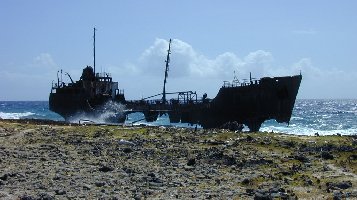
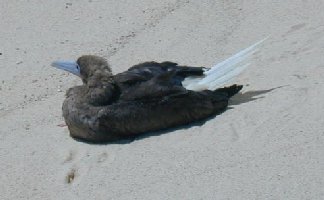
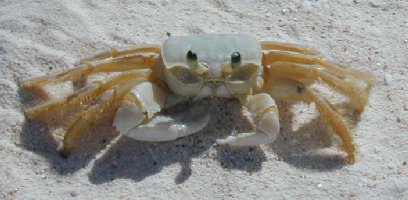
We returned to the anchorage in Spanish Water, a large natural bay on the southwestern shore of Curacao.
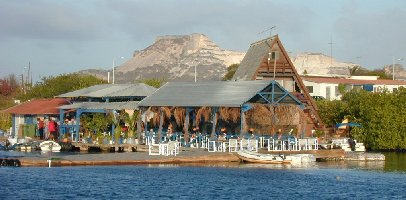

One afternoon Ed and I did a whirlwind tour of the northern part of Curacao. We started off at Hato Cave, near the airport. It is well worth visiting. Tours start on the hour, and last about 45 minutes. It is an excellent example of a dry limestone cave. There are many stalactites and stalagmites, colorful flowstone, columns, and a colony of bats. There are some small pools in the cave, which get larger during the rainy season.
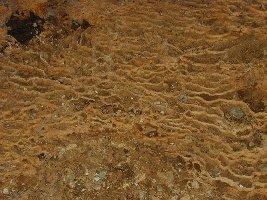
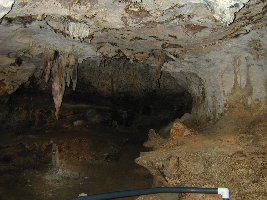
The dry climate seems to affect discarded tires in funny ways.

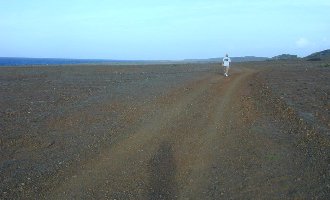
Then we went up the eastern coast where there are many caves pounded out by the sea. At Boca Tabla Cave we went for a great hike along the shore.
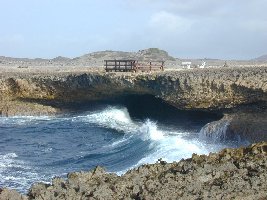
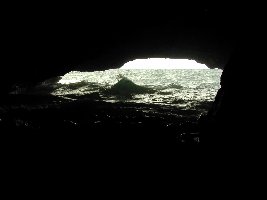
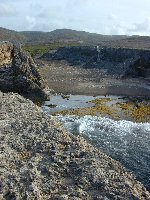
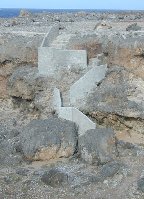
Curacao is home to giant Iguanas. Luckily, they aren't dangerous.
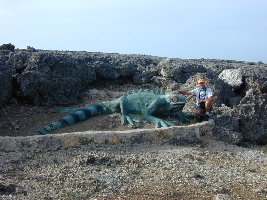
The dry climate means there are many desert plants, some with wicked thorns, and some with wonderful flowers. There are also some wonderful pockets of forest, but I didn't get any pictures under the canopy.
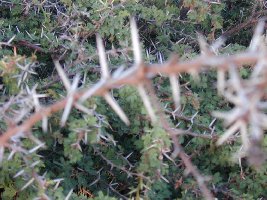

We drove just about as far north as we could, looking for an elusive lighthouse and a dive site called Watamula. Along the way, we ended up circling Mt. Christoffel, the highest point on Curacao. It is a national park, and is supposed to have some nice hiking trails, although we didn't have time to do any.
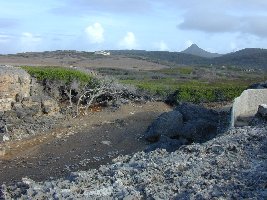
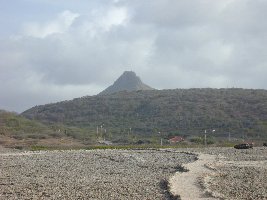
Back at Habitat Curacao, home sweet home away from home.
